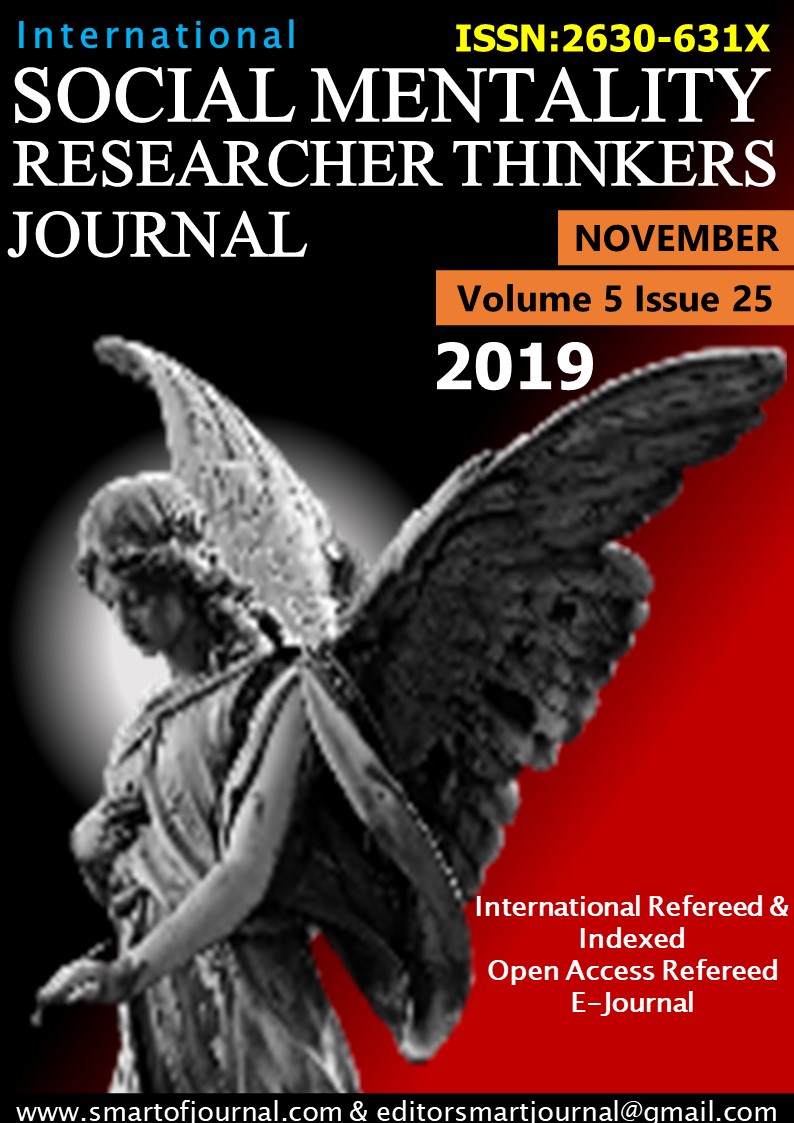Author :
Abstract
Tarihi bir bakış açısından, enflasyonun refah üzerindeki etkilerinin değerlendirilmesinde para talebinde gözlenen çarpıklık önemli bir rol üstlenmektedir. Son dönemde, enflasyon ve vergileme arasındaki karşılıklı ilişkiler de gündeme gelmiştir. Bu çalışmada enflasyonun refah üzerindeki etkisine ilişkin temel modeller ve seçilmiş deneysel kanıtlar ele alınmaktadır. Enflasyonun düşürülmesi mi yoksa tamamen ortadan kaldırılması mı yararlı olur konusundaki politika tercihini değerlendirebilmek için dezenflasyonun getireceği maliyetlerin iyi bilinmesi gerekmektedir. Son olarak, enflasyonu düşürmenin yararları ile dezenflasyonun maliyetleri arasındaki zıtlık ele alınmaktadır. Kanımızca, enflasyon ve üretim arasındaki zıtlığı ölçmek için fedakârlık oranı kullanılabilecek uygun bir ölçüttür. Çalışma Türkiye için bu oranı tahmin ederek toplam arz eğrisinin yatıklaştığı ve bunun enflasyonu düşürmenin maliyetini arttırdığı sonucuna ulaşmaktadır.
Keywords
Abstract
Historically, in the assessment of the effects of inflation on economic welfare, distortions observed in the demand for money play an important role. Recently, interactions between inflation and taxation gains importance to explain the welfare effects of inflation. Present study considers the basic models and selected empirical evidence related to the welfare loss created by inflation.. In order to evaluate the preference on whether inflation should be reduced or eliminated, it is necessary to know the costs of disinflation. After evaluating these costs, we analyze and compare the trade-off between benefits of reducing inflation and the costs of disinflation in an economy. We believe the sacrifice ratio to be a convenient empirical measure of the inherent short-run trade-off between inflation and output. Presenting estimates of the sacrifice ratio for Turkey, this paper argues that the slope of the aggregate supply curve in Turkey is flattening and this may raise the output costs of reining in inflation. A low inflation regime may have continuous benefits which may be enough to offset the initial output losses. This is the relevant trade-off that society faces: whether the present generation is willing to suffer some hardships for the benefits that will accrue to future generations.
Keywords
- Andersen, Palle S. and William L Wascher (1999), Sacrifice Ratios and the Conduct of Monetary Policy in Conditions of Low Inflation, BIS Working Papers, 82.
- Blanchard, O. and S. Fischer (1989): Lectures on Macroeconomics, Cambridge Mass.: The MIT
- Blanchard, O., and J. Gali (2007): Real Wage Rigidities and the New Keynesian Model, Journal of Money, Credit and Banking, Suppl. to Vol. 39 (1), 35-65.
- Cecchetti, S. 1994. Comment to L. Ball “What determines the sacrifice ratio”. In Mankiw, N.(ed.), Monetary Policy, Chicago: University of Chicago Press.
- Cecchetti, Stephen G. and R.W. Rich (2001), “Structural Estimates of the US Sacrifice Ratio”,
- Çetinkaya, Arzu and D. Yavuz (2002), Calculation of Output-Inflation Sacrifice Ratio: The Case of Turkey, The Central Bank of Republic of Turkey, Research Department Working Paper No:11.
- Filardo, Andrew J. (1998), “New Evidence on the Output Cost of Fighting Inflation”, Federal Reserve Bank of Kansas City, Economic Review Third Quarter.
- Gordon, R.J. and S.R.King (1982), “The Output Cost of Disinflation in Traditional and Vector Autoregressive Models”, Brookings Papers on Economic Activity, 1.
- Hutchison, M.M. and C.E.Walsh (1998), “The Output-Inflation Tradeoff and Central Bank Reform: Evidence from New Zealand”, The Economic Journal, 108, May, pp. 703-725.
- İslatince, H. (2017): Hasıla Açığının Ölçülmesinde Alternatif Yöntemler ve Makro Ekonomik Politikalar: Türkiye Uygulaması, Eskişehir, Nisan Kitabevi.
- Mankiw, N. Gregory (2001), “The Inexorable and Mysterious Trade-off between Inflation and Unemployment”, The Economic Journal, 111, May.
- Okun, Arthur M. (1978), “Efficient Disinflationary Policies”, American Economic Review, 68, May.
- Turner, Dave and Elena Seghezza (1999), Testing for a Common OECD Phillips Curve, Economics Department Working Papers No. 219, OECD





